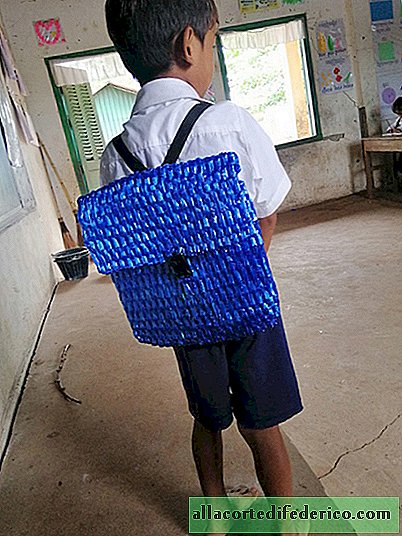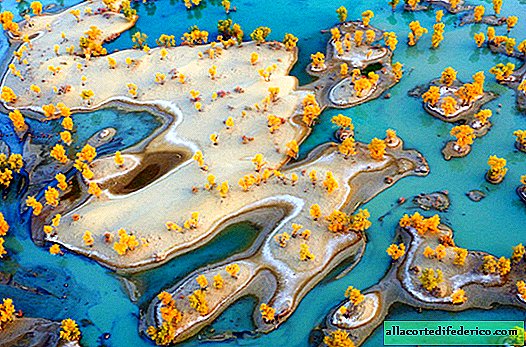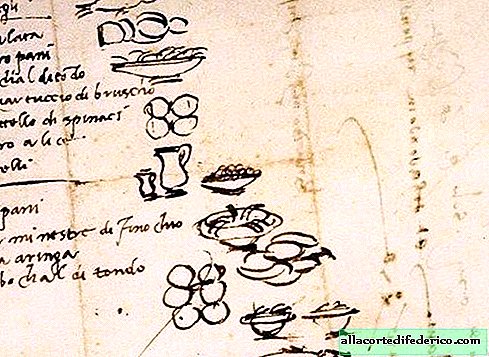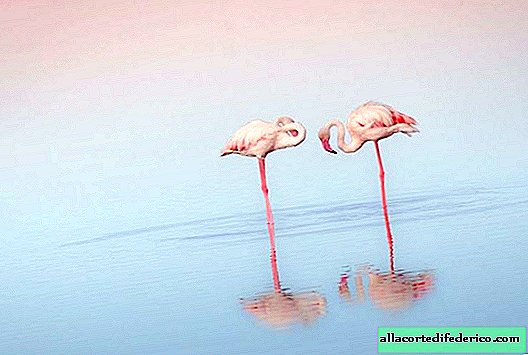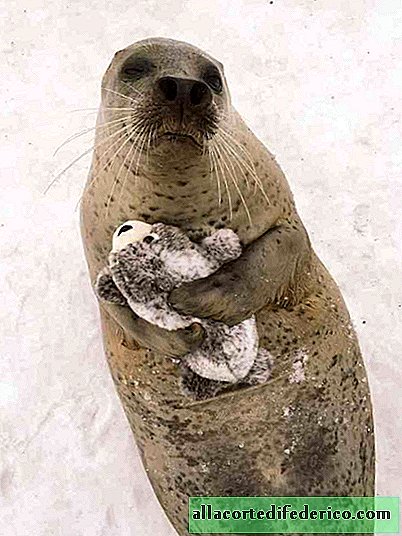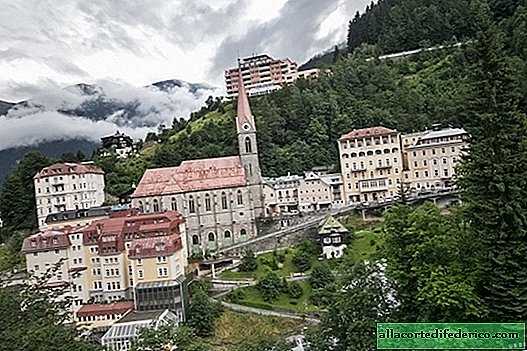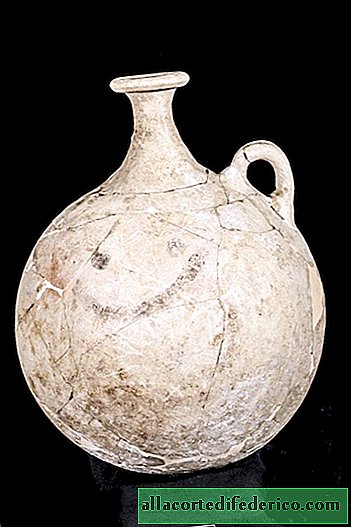Stockings, cat, sail: how Russian words fell into the language of Californian Indians
If you ever will be in California and meet with the indigenous people, that is, with the Indians, and ask them to communicate with you not in a foreign language, but in their native language, then you will find many amazing discoveries. Sometimes in their speech will come across words that seem familiar. So these will really be Russian words. Slightly modified, but still recognizable. They can quite in Russian offer "milk", "tea", "coffee". All this will be poured into a “cup” and stirred with a “spoon.” It is especially surprising to hear it over 8,500 km from the native land. And if you like the drink, it will be a "miracle of miracles."
So how did our words appear in the language of the American Indians?
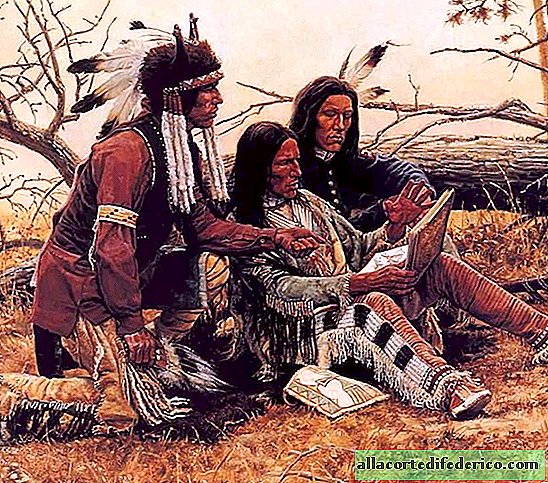
The fact is that the development of America was carried out not only by the British from the east, by the Spaniards from the south, but also by the Russians from Alaska. We discovered the Bering Strait, the Aleutian Islands, the first of the Europeans to appear in Alaska. It was not easy to deliver food from the continent of Russia, so they began to move south.
In 1808, two ships sailed to the southern latitudes under the control of Captain Ivan Alexandrovich Kuskov - Kodiak and St. Nicholas.

The ship "St. Nicholas" was wrecked. Part of the team died, another was captured by the Indians. Among them was Timofei Tarakanov, a clerk in the household. I had to sit in captivity for one year and eight months. But Timofei Osipovich did not like to sit around, so even in captivity he began to make wooden dishes with his hands: mugs, barrels, spoons. He made and gave to the Indians. They really liked the products of the Russian master. And he gave and called.
In June 1810, Tarakanov was bought back. He liked the lands he visited, and during the voyage of 1811 the sailors returned again. They sailed with gifts for the leader to make friends and negotiate. The Indians allocated land for settlement. In 1812, a Russian colony was organized.
Russian merchants and pioneers began to explore North America since the 18th century. The Russians settled in Alaska since 1772. In 1867, Alexander II sold it to the United States of America. The Russians developed Cyrillic writing for the language of the Indians of Alaska, many converted to Orthodoxy.
In California, near San Francisco, the Ross Fortress was built. In American fashion, it is now called Fort Ross.
 Fort Ross
Fort RossBorrowings in the language are still preserved. Wheat is called a tit. The indigenous people could not cope with the sound "psh". Mustard - kulucitca. And with the "mustard" there was such a story. Wild mustard abounded in California, but was never eaten. As soon as the Russians taught them to cook and eat it, the Indians, despite the fact that they had their own name for this plant, adopted the Russian name, but slightly altered it by adding a syllable kulu - "wild", "forest."
A lot of words were related to livestock. It was we who taught them to drink milk. The word "bag" has also changed. It began to sound like music. Another group of words that entered the language of the Indians is stockings, a cat and a sail. The Indians borrowed the tradition of keeping pets from our settlers. Cat has become kuska, among the Aleuts - kuiski.
After us, stockings remained in everyday life of the Indians. Since the sound “l” is absent in their language, the word began to sound cu-ki. The word "sail" sounds the same as ours. Native American tribes did not use sails before contacting our sailors.


